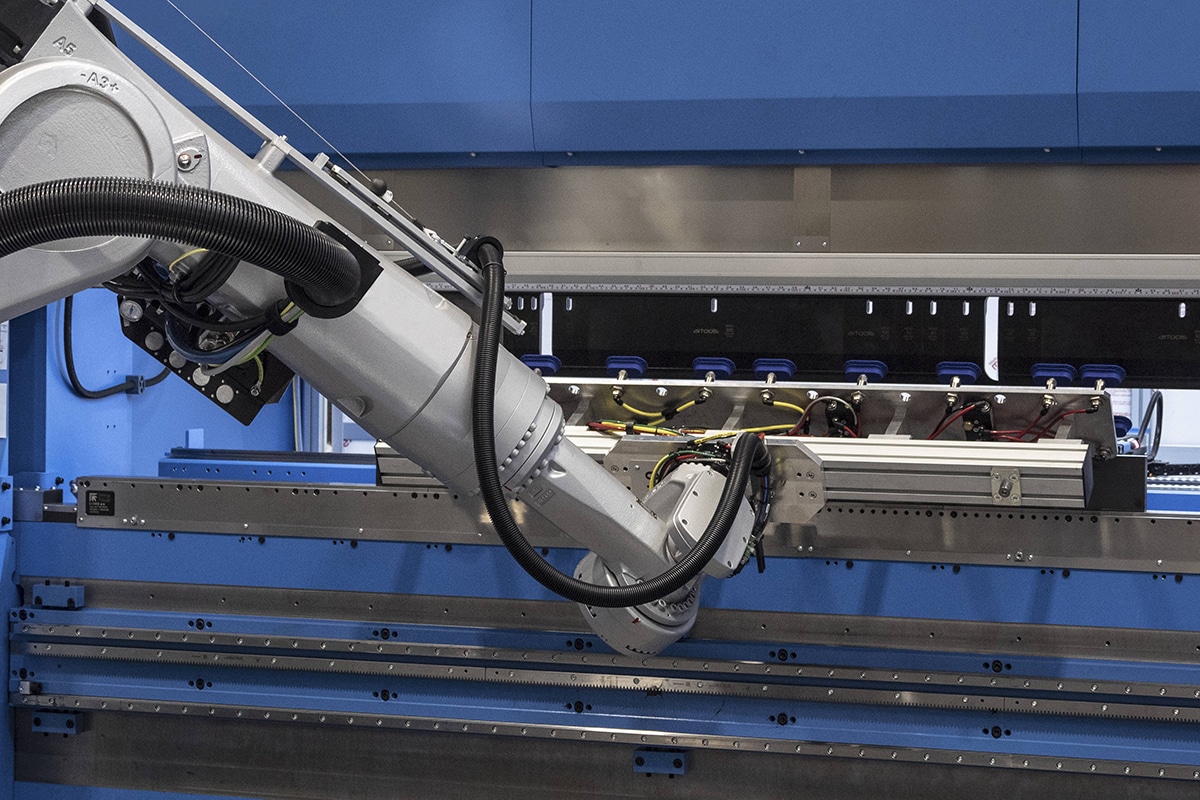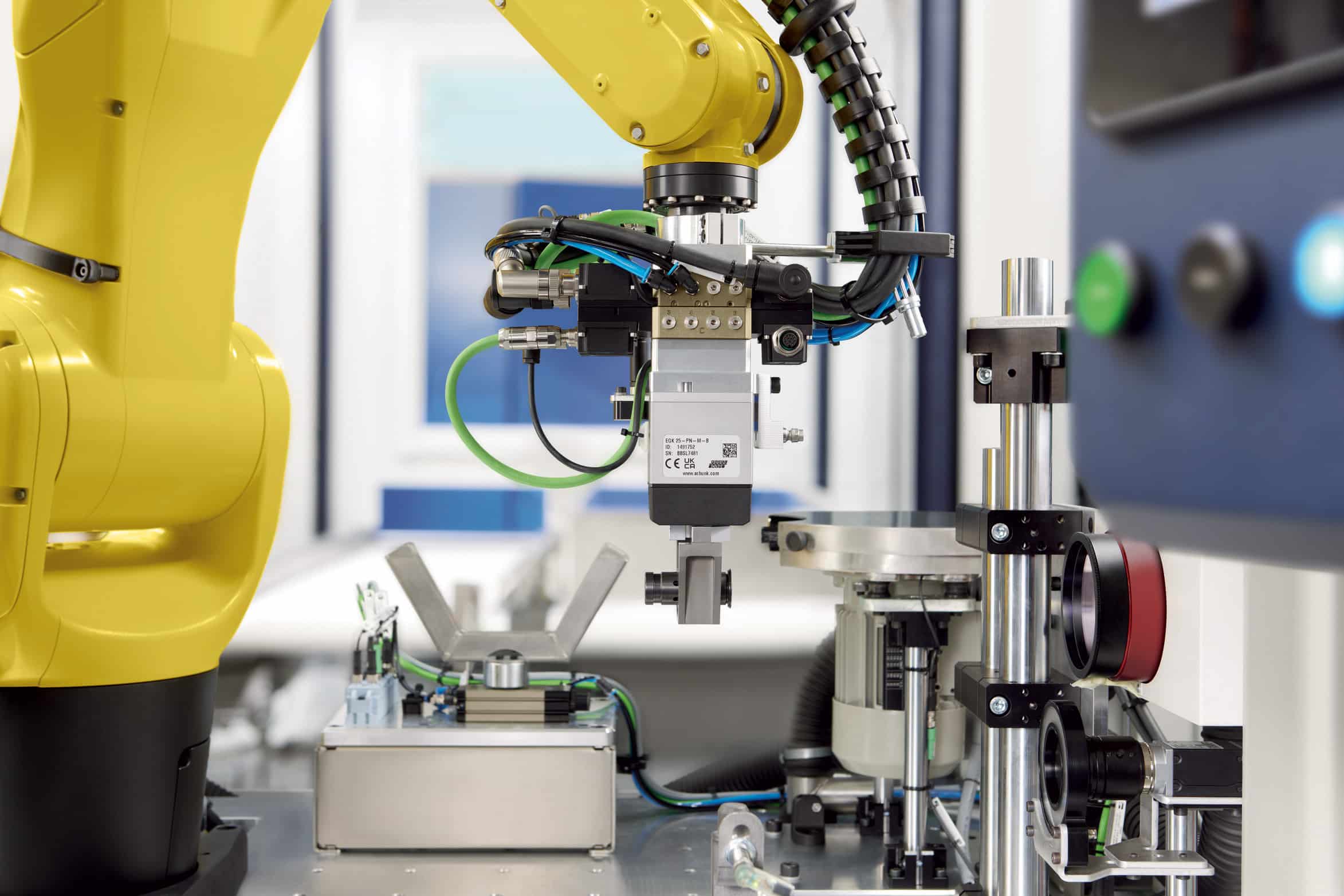
Cubic boron nitride for 'hard' cases
Paul Horn GmbH is expanding its tool range for machining hard materials and other steels. With tools coated with cubic boron nitride (CBN), nickel and other superalloys as well as powder metallurgy and hardened steels can be optimally machined. The very hard cutting material CBN shows its strength in high cutting capacities in smooth cuts as well as in interrupted cuts in hard turning and piercing. By including the extensions in the standard program for the systems Supermini 105, Mini 11P, 229 and 315, Horn offers users fast delivery from the warehouse of the desired tool systems.
The Supermini system is available in left and right-hand versions with various corner radii. The CBN-coated variants are suitable for inside machining from a diameter of 2 mm. In addition, different cutout lengths of the solid carbide base elements are available. The tools in the Mini series are used for internal diameters starting at 6.8 mm and are also available in left and right-hand versions. The single-cut tool type 315 is suitable for external pitch machining from a pitch width of 0.5 mm. For the cutting plate of the system 229, the CBN substrate CB 50 used until now is replaced by the more powerful substrate CB 35. The cutting inserts are available from stock with two different corner radii and in cutting widths from 3 mm to 6 mm.

CBN is the second hardest known material after diamond. Tools made of CBN wear considerably slower than other cutting materials when used properly. Thus, on the one hand, higher forming and dimensional accuracy can be achieved, while on the other hand, hard materials (steels up to 70 HRC) can be machined in a process-safe manner. There are no different types of CBN. Differences arise from the CBN volume share, fillers, grain size and the ceramic/metallic binding phase (cobalt/nickel). Thus, different CBN substrates are formed. Hard machining with CBN cutting materials usually takes place dry. This is possible because the cutting material has a high heat resistance and the high temperature, within the chip formation zone, has a positive influence. Insufficient supply of the cooling lubricant or cutting interruptions cause high, thermally induced stresses in the structure of the alternate cutting plate. This can cause cracks in the structure, sometimes damaging the alternate cutting plate beyond repair. In hard machining, the heat generated in the shear zone is largely dissipated through the chips. While carbide loses enormous hardness already at about 800°C, the hardness of CBN remains almost unchanged up to 1,200°C. A significant further advantage is its chemical resistance, especially at the temperatures present.
Heeft u vragen over dit artikel, project of product?
Neem dan rechtstreeks contact op met Hartmetall-Werkzeugfabrik Paul Horn GmbH.
 Contact opnemen
Contact opnemen



